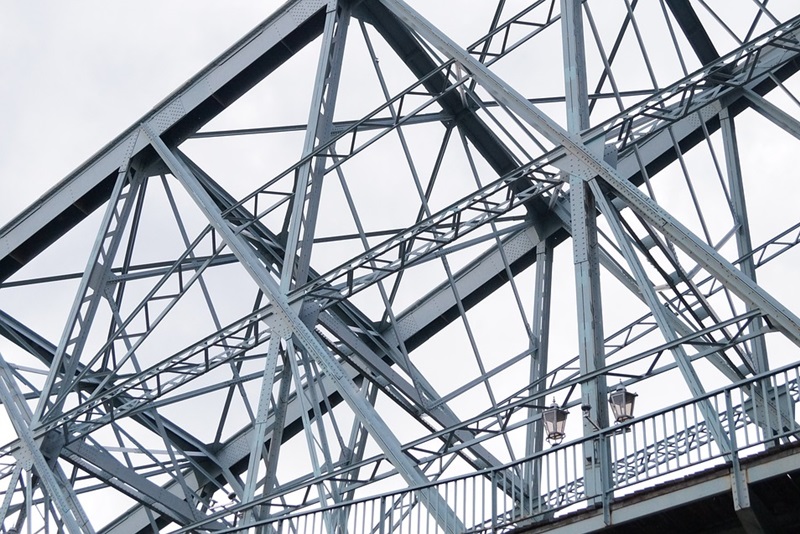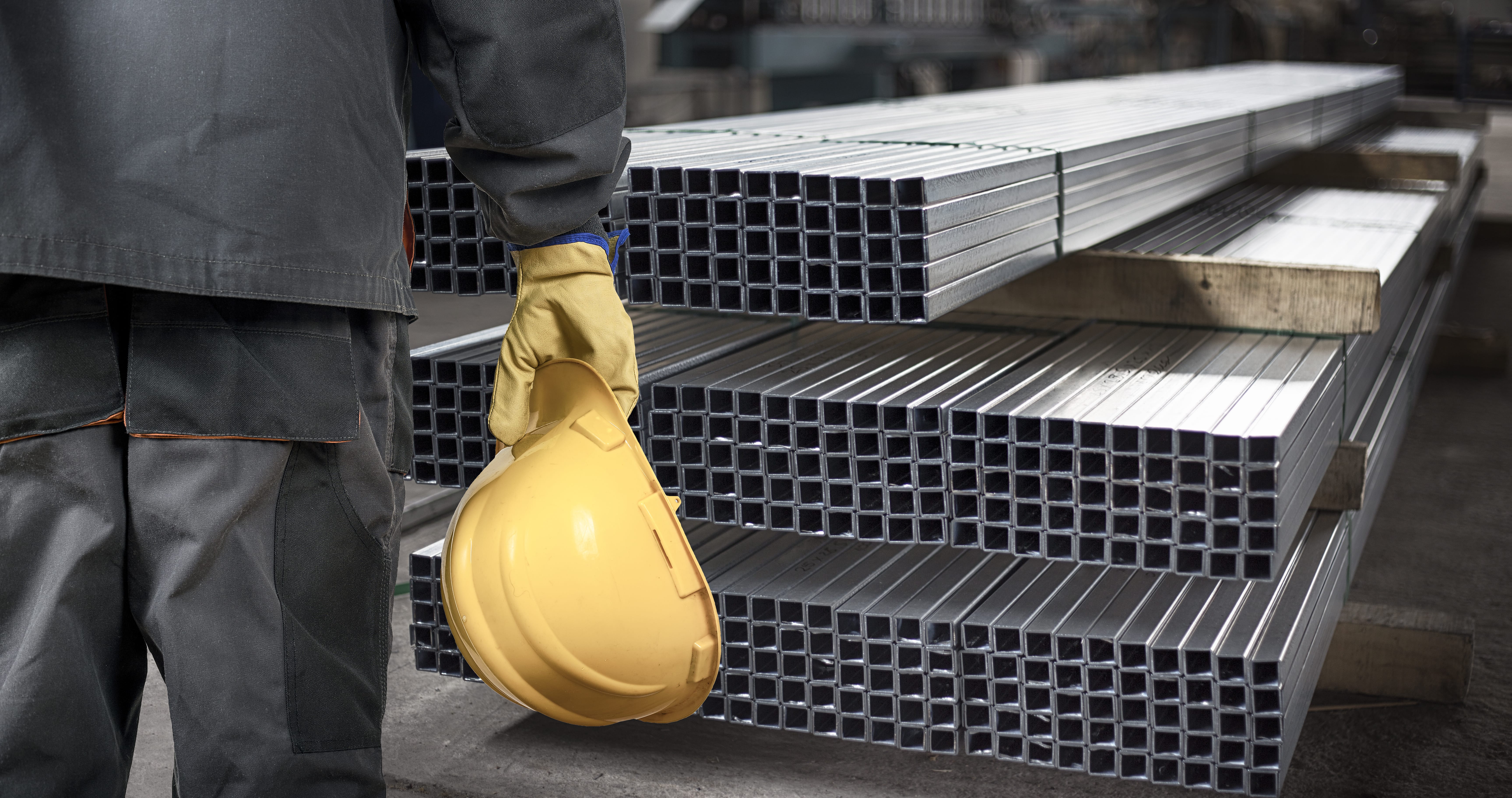Comprehensive Evaluation of Cutting-Edge Techniques in Steel Construction Industry
As the steel fabrication industry remains to evolve, the combination of innovative strategies has ended up being essential for remaining affordable and meeting the needs of modern-day manufacturing requirements. From laser cutting developments to the use of robotics and 3D printing in steel production, the landscape of manufacture strategies is quickly changing. With each development bringing its own set of benefits and obstacles, a detailed evaluation of these strategies is paramount for business aiming to streamline their processes, improve accuracy, and inevitably, boost the top quality of their steel manufacture result. In this vibrant market where modern technology plays a critical function, comprehending the nuances of these sophisticated techniques is not just a choice yet a requirement for those seeking to advance in the ever-evolving world of steel construction.
Laser Reducing Improvements
In the world of steel fabrication, laser cutting improvements have reinvented the accuracy and efficiency of metal shaping procedures. By using the power of focused laser light beams, manufacturers can now achieve unmatched levels of accuracy when reducing via various kinds of steels. This innovation allows intricate layouts to be performed with minimal product wastefulness, making it an affordable service for markets needing high accuracy elements.
Among the crucial advantages of laser cutting is its capacity to take care of a variety of products, consisting of stainless-steel, light weight aluminum, and carbon steel, with convenience. The procedure generates clean, burr-free edges, eliminating the requirement for added finishing steps. In addition, the non-contact nature of laser cutting minimizes the threat of product contamination, resulting in better end products.
Additionally, laser reducing equipments can be configured to make swift, accurate cuts, significantly reducing production time compared to traditional reducing methods. This speed and accuracy make laser reducing specifically ideal for mass production environments where effectiveness is critical. As technology continues to advancement, laser cutting is positioned to play a significantly important function in the steel construction market.

CNC Machining Innovations
The development of CNC machining innovations has ushered in a new age of accuracy and efficiency in the steel manufacture sector. Computer Numerical Control (CNC) makers have revolutionized steel fabrication by supplying unrivaled accuracy and repeatability in the manufacturing procedure. steel fixing. One of the crucial technologies in CNC machining is the assimilation of advanced software program systems that make it possible for real-time monitoring and adjustments, leading to boosted performance and top quality control
Moreover, the advancement of multi-axis CNC makers has actually enabled the manufacture of complicated steel components with elaborate styles that were formerly challenging to create. These makers can execute a vast array of machining procedures, consisting of milling, boring, turning, and grinding, all with high levels of accuracy.
Additionally, the consolidation of automation and robotics in CNC machining has streamlined manufacturing processes, reduced lead times, and reduced the margin of error. This assimilation of advanced technologies not just boosts performance but additionally guarantees consistent top quality across all fabricated steel parts. Finally, CNC machining innovations remain to drive developments in the steel fabrication sector, setting brand-new requirements for accuracy and efficiency.
Automated Welding Technologies
Automated welding technologies have actually revolutionized the steel fabrication market, improving efficiency and accuracy in the welding procedure. These sophisticated innovations utilize computer-controlled systems to automate the welding procedure, causing higher productivity degrees and enhanced weld top quality. Among the essential benefits of automated welding is the capacity to carry out intricate welds with consistent precision, decreasing the probability of mistakes and rework.
Robot welding systems are at the leading edge of automated welding modern technologies, supplying unequaled rate and accuracy. These systems can take care of a variety of welding tasks, from easy to complex, effortlessly (steel fixing). By utilizing advanced sensing units and software, robot welders can adapt to variations in product and joint geometry, making certain an attire and trusted weld
In addition, automated welding technologies improve work environment safety by lessening the direct exposure of human welders to dangerous fumes and extreme click here for more warm. As the steel construction industry remains to progress, including automated welding technologies will certainly be crucial for firms looking to stay competitive and fulfill the expanding demands for top notch bonded items.
Robotics Integration in Fabrication
Utilizing robot systems in construction processes has come to be a crucial technique for enhancing efficiency and accuracy in modern-day manufacturing settings. Robotics assimilation in steel construction provides a myriad of benefits, including increased productivity, improved top quality control, and boosted safety procedures. These sophisticated robot systems are outfitted with advanced sensors and shows capacities, permitting them to execute intricate jobs with a high level of precision and repeatability.
One of the essential benefits of robotics integration in steel construction is the ability to automate repeated jobs, such as material handling, reducing, welding, and assembly procedures. This not just accelerates manufacturing cycles however also minimizes the danger of human error, leading to greater general product top quality. In addition, robotics can operate 24/7, considerably improving manufacturing result and meeting check my reference tight job due dates.

3D Printing in Steel Production
Having actually reinvented the steel construction market through robotics assimilation, the growing exploration of 3D printing in steel production is positioned to further advance site here the realm of modern manufacturing techniques. 3D printing, also called additive manufacturing, offers unmatched design flexibility and complexity, enabling the creation of intricate steel structures that were previously unattainable through typical manufacturing approaches. By utilizing computer-aided design (CAD) software program, producers can specifically manage the layer-by-layer deposition of steel material, resulting in get rid of enhanced geometries and functionalities.
One of the crucial benefits of 3D printing in steel production is its ability to decrease product waste substantially. Unlike subtractive production processes where excess material is trimmed away, 3D printing only uses the essential quantity of steel required for the final component. This effectiveness not only causes cost savings yet additionally aligns with lasting manufacturing practices by minimizing ecological effect.
Furthermore, 3D printing makes it possible for rapid prototyping and personalization, permitting for the manufacturing of small sets of intricate steel components with short preparations. As the innovation remains to mature and come to be much more available, its integration right into mainstream steel construction procedures is anticipated to drive development and performance throughout the sector.
Final Thought
In verdict, the steel construction industry has seen considerable innovations in techniques such as laser cutting, CNC machining, automated welding, robotics assimilation, and 3D printing. These advanced innovations have transformed the method steel products are made, bring about raised cost-effectiveness, efficiency, and precision. Proceeded investment in these cutting-edge methods is critical for the industry to stay competitive and fulfill the needs of contemporary production procedures.
As the steel manufacture market proceeds to evolve, the combination of advanced techniques has actually come to be essential for remaining affordable and fulfilling the demands of modern-day production criteria.One of the crucial benefits of laser cutting is its ability to deal with a vast variety of products, including stainless steel, light weight aluminum, and carbon steel, with convenience.Automated welding technologies have actually revolutionized the steel fabrication sector, improving performance and precision in the welding process.Having actually revolutionized the steel fabrication market with robotics assimilation, the expanding exploration of 3D printing in steel manufacturing is poised to additional breakthrough the realm of contemporary production strategies.In final thought, the steel construction industry has actually seen substantial improvements in methods such as laser cutting, CNC machining, automated welding, robotics assimilation, and 3D printing.